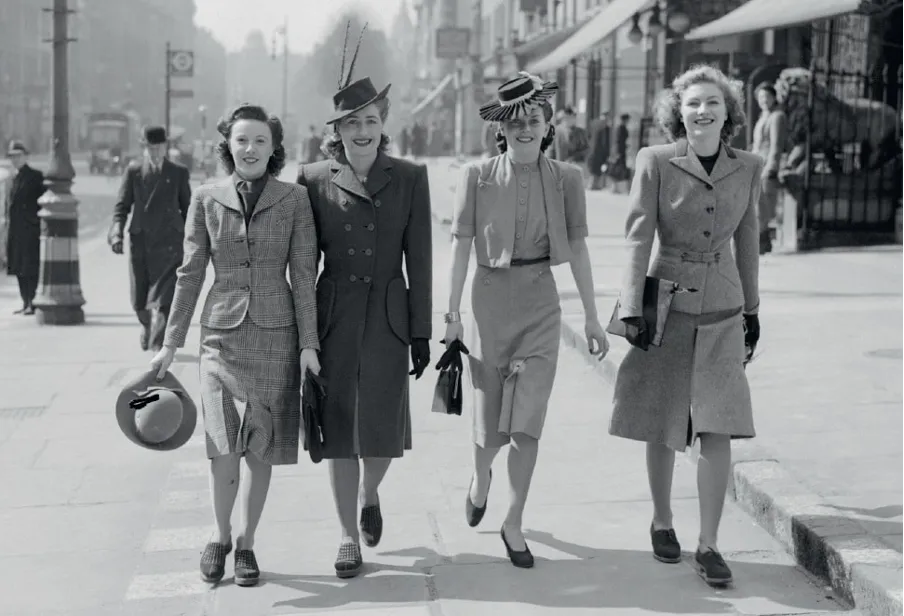
The Evolution of Uniforms: A Historical Perspective
The Evolution of Uniforms: A Historical Perspective

09th october 2024
admin
The Evolution of Uniforms: A Historical Perspective
Uniforms have played a significant role in professional and social settings throughout history. Understanding their evolution provides insight into how uniforms have adapted to changing times and needs.
1. Early Beginnings
The concept of uniforms dates back to ancient civilizations. In Ancient Rome, for example, soldiers wore standardized armor and tunics to signify their allegiance and rank. Uniforms were also prevalent in religious and ceremonial contexts, where specific attire denoted roles and statuses.
2. Military Influence
The modern uniform concept was heavily influenced by military attire. In the 17th and 18th centuries, European armies adopted standardized uniforms to instill discipline and unity. These military uniforms were characterized by specific colors, fabrics, and insignia that identified different regiments and ranks.
3. Industrial Revolution
The Industrial Revolution brought significant changes to uniform design. With the rise of factories and mass production, uniforms became more practical and functional. Workers wore durable, utilitarian clothing designed to withstand the demands of industrial labor. This period also saw the introduction of uniforms in service industries, such as railways and postal services.
4. 20th Century Developments
The 20th century saw uniforms become more widespread across various sectors. Corporate uniforms emerged, reflecting the professional image of businesses. Innovations in fabric technology led to more comfortable and versatile uniforms. The fashion industry also began to influence uniform design, introducing stylish elements to professional attire.
5. Modern Trends
Today, uniforms continue to evolve with advancements in technology and changing societal values. Sustainable materials, customization, and tech-integrated fabrics are among the latest trends. Modern uniforms are designed to balance functionality, comfort, and aesthetics, catering to the diverse needs of contemporary industries.
Conclusion
The evolution of uniforms reflects broader historical and societal changes. From ancient armor to modern eco-friendly designs, uniforms have continually adapted to meet the needs of different eras and industries. Understanding this history helps us appreciate the significance and versatility of uniforms in today’s world.
Got any requirement?
request a quote
Contact Person Name
Invalid contact person name
Organization Name
Invalid organization name
Email ID
Invalid Email ID
Mobile Number
Invalid mobile number
Brief Description
Invalid description
Request Placed Successfully!
Dear , We have received your request. Our team will get in touch with you shortly. Thank you for your interest on us. Cheers, Uniwear.

